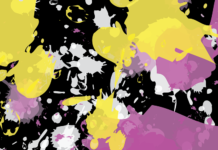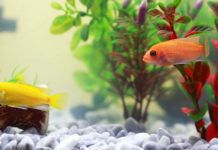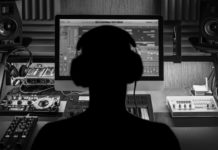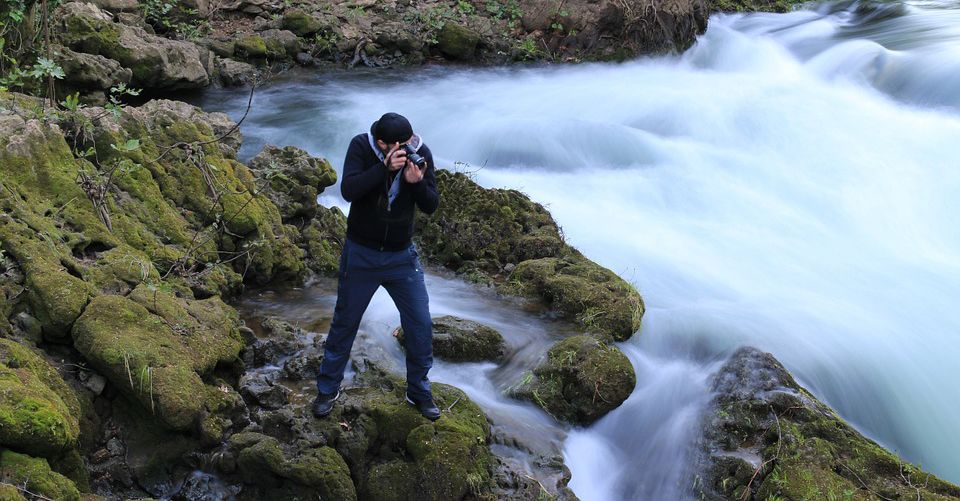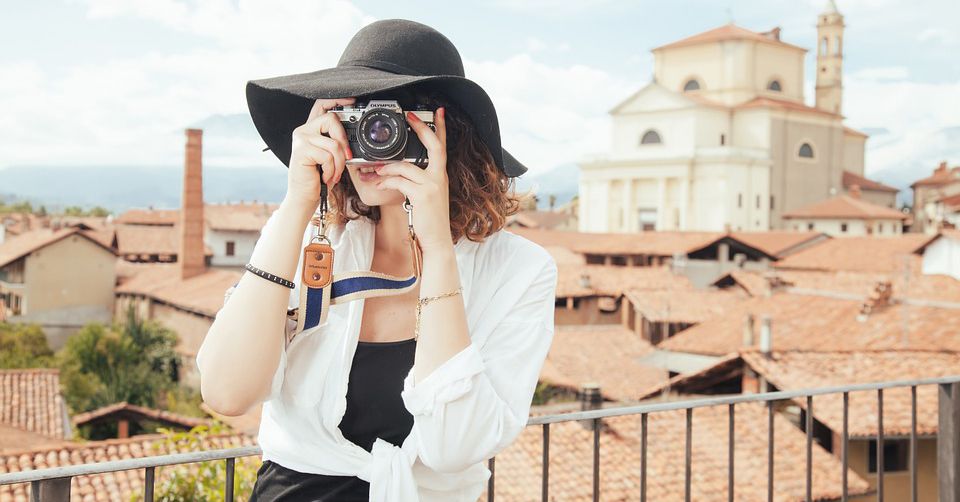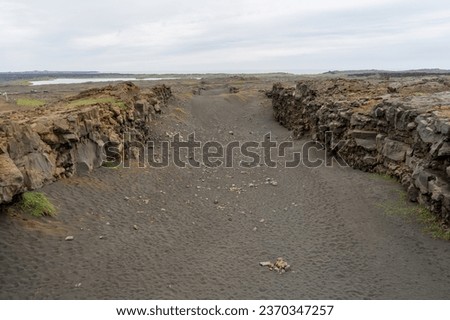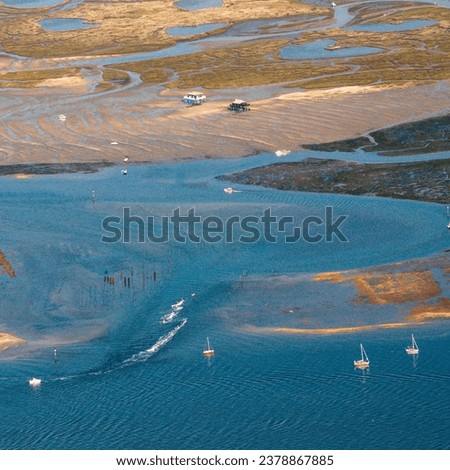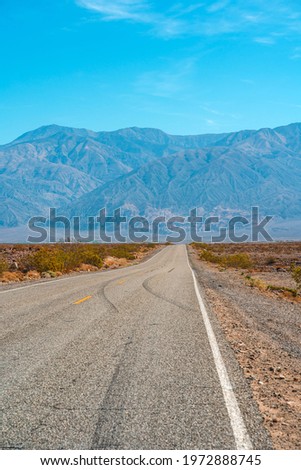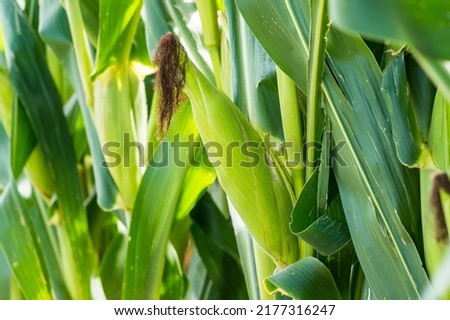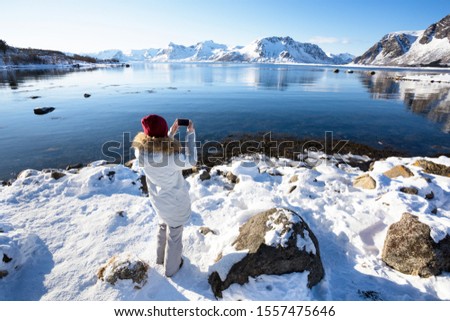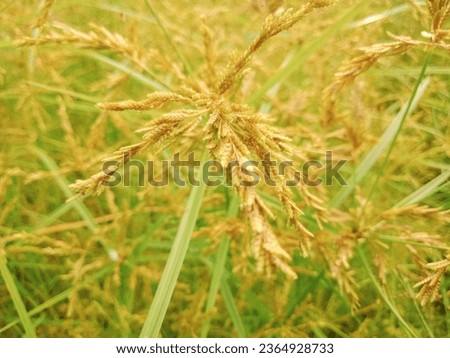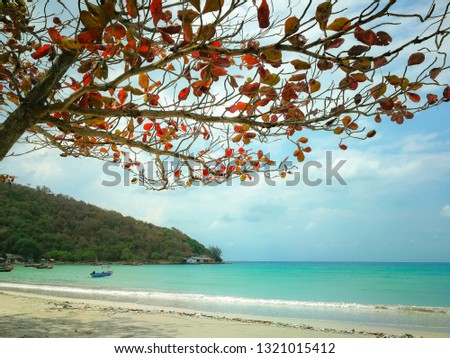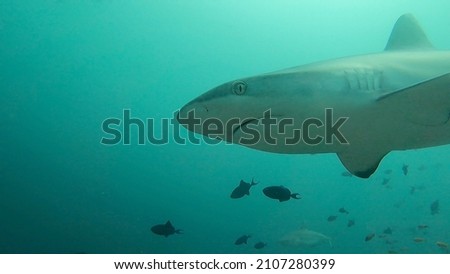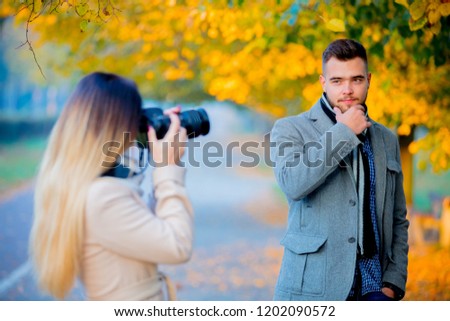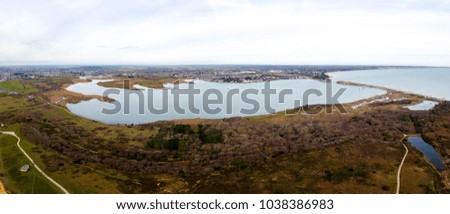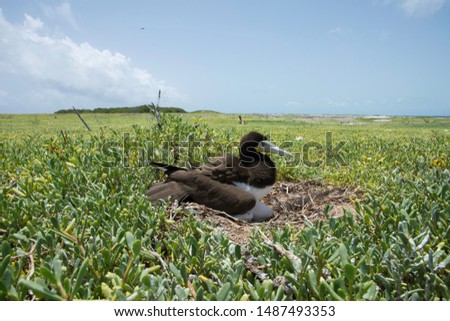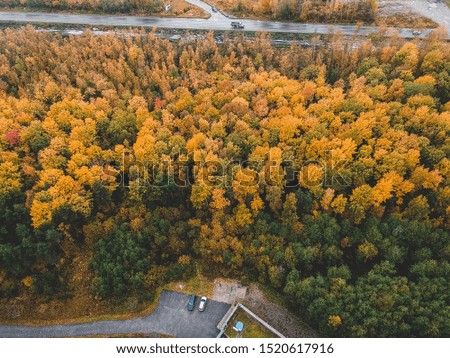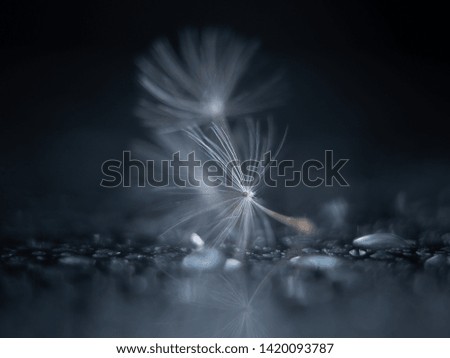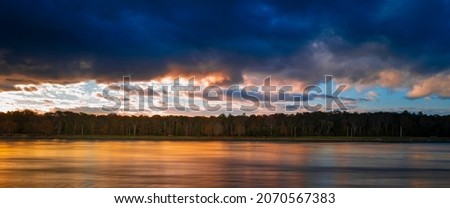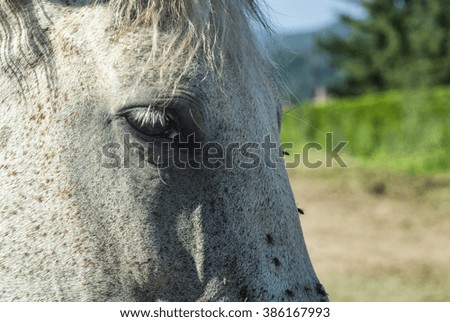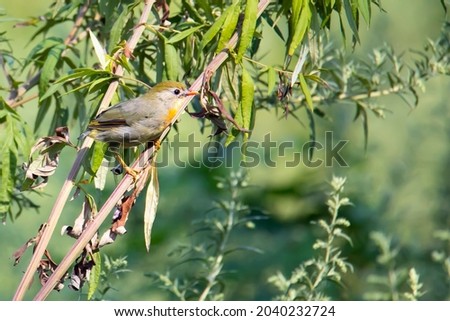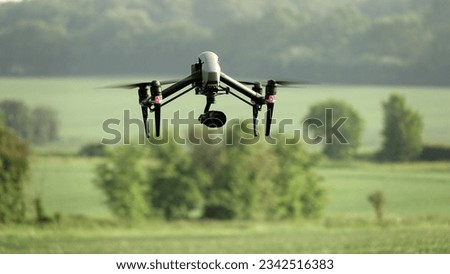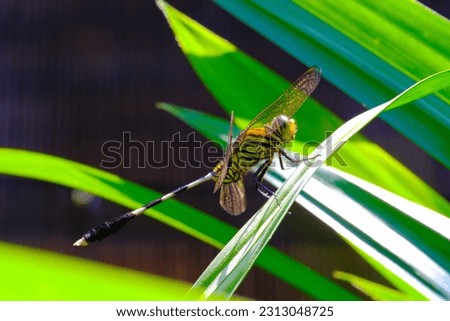Nature Photography
Shooting outdoors holds many pleasant surprises for those in pursuit of a great shot because the wonders of our natural world are simply beautiful and endless. As people become more and more urban or in metropolitan centers, the appreciation for what is natural and untouched increases – and nature photography helps convey the natural world in a specially framed and envisioned way.
While nature photography does involve landscape shots, these images tend to have a heavy relatability to all the heart-stopping photos of animals you see in National Geographic. (Fun Fact: the first wildlife photo was taken in 1906 for National Geographic). With the evolution of digital cameras, lighting manipulation and video equipment, our abilities to capture scenes and moments unrealized – are evermore a possibility.
The purpose of nature photography is to show the magnificence of our natural environment and all the animals, insects, birds and fish that live in them. This is the most beautiful, but also most challenging genres of photography. Capturing animals without their awareness or care of your presence, identifying when a unique moment is about to happen, and the timing experience to catch the perfect shot all come into the mix. New tools involving AI can help diminish a few of the variables that limit timing.
Professional photography requires a lot of preparation, patient and attention, that’s why it’s so valuable. Also, having the right equipment, which can include tripods, protective camera and lens cases, macro lens are a “must-have” to get that perfect close-up, including a camera bag with extra gear such as batteries, lenses and memory cards, a tent, change of clothes (camouflage), food and water. The perfect photo can take a few days up to years for professionals that chase the perfect nature imagery, depending on the subject and type of imagery.
Nature photography is all about respect of the wildlife, the law and the environment. It’s very important to not disturb natural environments and be “one” with it. Another important and conscientious note is that you continue to be sure to take home any rubbish, even if you think an item is biodegradable, as not to disturb or introduce anything that isn’t native to the local environment (and we just don’t do a great job of that in general).
Here are some helpful tips for beginners
Come with a plan
First you need a good pair of hiking shoes and clothes, set accordingly for the weather. Check the weather and climate of the location you are going to shoot, and don’t forget to carry some food and water too. A “to-do-list” is very important to keep track everything and not regret forgetting something.
Know your camera’s settings
Shooting in RAW produces excellent quality photos. Try to use the lowest ISO possible, so you can bring more light to your image. Don’t forget to adjust your shutter speed to compensate. Practice before going out! DSLR’s and advanced camera settings can help produce an amazing shot, however you need to know how to use them and when – so that you are not caught unprepared when that perfect shot opportunity presents itself.
Bring all the right equipment
A tripod is highly recommended. It’s perfect way to steady your camera and avoid blurriness in your images, especially when it’s an unwarranted or undesired effect. On a sunny day, a lens hood can be a good way to prevent glare in your photos and, if it is raining, a waterproof cover for your camera is super important not to damage the likely expensive equipment you’re hauling.
Do you really need a Nikon or Canon to shoot?
If you are new in photography and/or you can’t afford to invest in a DSLR, your phone camera might still do the trick. Technology is constantly advancing, and current day iPhone’s and Android’s can still take some amazing photos (many also include DSLR type controls or shoot in raw). If you know how to use it to its fullest potential you can have a perfect photo! Practice and experience really does count here.
The rule of thirds
It’s a golden rule in photography. Visualize the image cut equally into 9 sections, divided by two equal vertical and horizontal lines. Each intersecting line is where the eye usually falls. Placing your subject on the intersecting lines or in one of the squares can make for a more dynamic photo.
Keep your distance
If you want to photograph animals, remember they can frighten easily. When photographing wildlife, make sure you are at the appropriate distance and keep as quiet as possible to get the chance for special moments and resulting images.
Think about taking a new perspective
Looking at your subject in a new way, so you can produce more interesting photos. Get a higher vantage point, get lower to the ground, or play around with framing the landscape or object(s). Photography and nature photography specifically, are about telling a story in a vivid and visual way.
Use natural light to improve your photos
Using direct or indirect light from the sun or moon works well and doesn’t require a whole lot of calibration or lighting equipment. Nature photos will look great in the morning or evening light in general but, during the golden hours in particular, the light after sunrise and before sunset has a softer quality. This lighting helps illuminate your subject(s) more evenly and eliminates the harsh midday shadows. The less post editing you’ve got to do on your photos, the better!
Remain patient
Waiting a few minutes or even hours can really be worth it, wild animals can be unpredictable and present unique moments – when you least expect them. Don’t get discouraged, stay vigilant and patient to get the very best chances for your photographed stories!
Types of imagery and stock photography, based on Nature Photography you can find above:
- Stock Pictures / Pics
- Royalty-free Vectors
- Illustrations / Cartoons
- Wallpapers / Backgrounds
- Abstract Patterns
- Isolated / Green Screens





